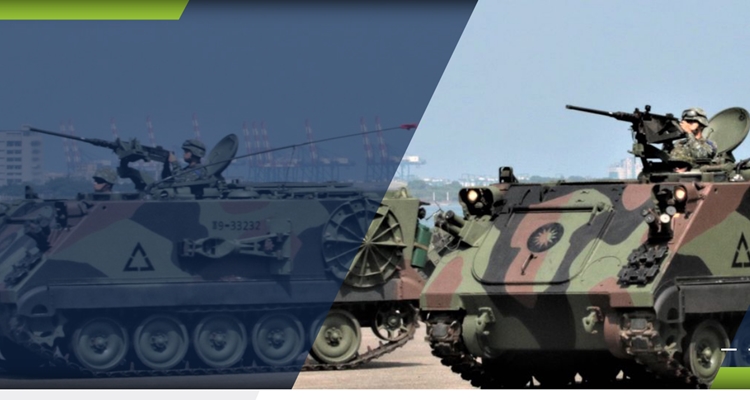
Republic of China President Lai Ching-te is saying many of the right things in response to the mainland’s continuous threat of war. We must hope that his government is also doing the right things, everything possible to maintain and improve Taiwan’s ability to defend itself (“Taiwan MND detects over 60 sorties of Chinese aircraft in its territory,” India Narrative, May 27, 2025).
President Lai Ching-te noted that the armed forces are undergoing a significant transformation to better handle the increasing hostility from Beijing. “As we are situated on an island, we need to stockpile military supplies in case China launches multiple assaults. We may even need to prepare for a war of endurance,” he stated, according to the Focus Taiwan report.
To prepare for these potential situations, the military has revamped its training programs. [Minister of National Defense Wellington Koo] mentioned that new training subjects have been introduced for both conscripts and senior officers, encompassing topics related to newly acquired military assets.
He emphasised that the objective is to “prepare for war,” insisting that readiness is crucial for maintaining a strong deterrent, as noted by Focus Taiwan.
Koo also highlighted Taiwan’s ongoing focus on asymmetric warfare…. Elements like air defence units, drones, and mobile radar systems are integral to Taiwan’s strategy to ensure precision and adaptability against a numerically superior opponent, as indicated by Focus Taiwan.
According to the India Narrative update, People’s Liberation Army aircraft engaged in 61 detected sorties around Taiwan, “with many aircraft crossing the median line of the Taiwan Strait and entering Taiwan’s Air Defense Identification Zone.”
On May 26, 2025, the ROC’s Ministry of National Defense reported that it had detected “34 sorties of PLA aircraft, 9 PLAN [PLA Navy] vessels and 1 official ship operating around Taiwan.” A couple of hours later, the MND reported 27 more sorties by PLA aircraft and that 18 of them had “crossed the median line of the Taiwan Strait” and entered sectors of the ROC’s Air Defense Identification Zone.
That adds up to 61 sorties.
There were more to come. For the period from 6 a.m. on May 27 to 6 a.m. on May 28, the Ministry of National Defense reported “31 sorties of PLA aircraft, 9 PLAN ships, and 1 official ship operating around Taiwan…. 22 out of 31 sorties crossed the meridian line…”
The Ministry stresses that the Republic of China’s Armed Forces “have monitored the situation and employed CAP aircraft, Navy ships, and coastal missile systems” in response.
Also see:
The National Interest: “China Ends ‘Median Line’ in the Taiwan Strait: The Start of a Crisis?” (September 22, 2020)
“It was a line at sea, separating two sides locked in a decades-long conflict. A gentleman’s agreement rather than an official demarcation governed by legal instruments, the median line (also known as the center line) was a tacit code of conduct of sorts that, for decades, reduced the risk of accidents in the Taiwan Strait, one of the world’s major hot spots. Over the years the two sides—the People’s Liberation Army Air Force (PLAAF), and the Republic of China Air Force (ROCAF)—stuck to their half of the Strait, veering off at the last moment before crossing into the other side and potentially sparking a crisis.”











